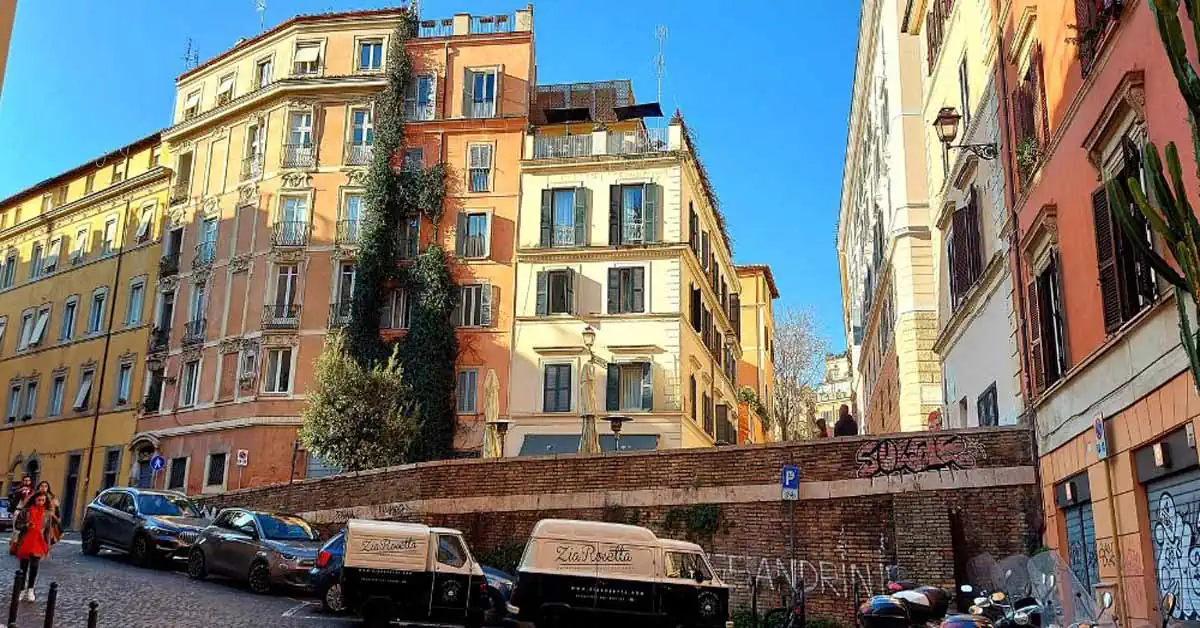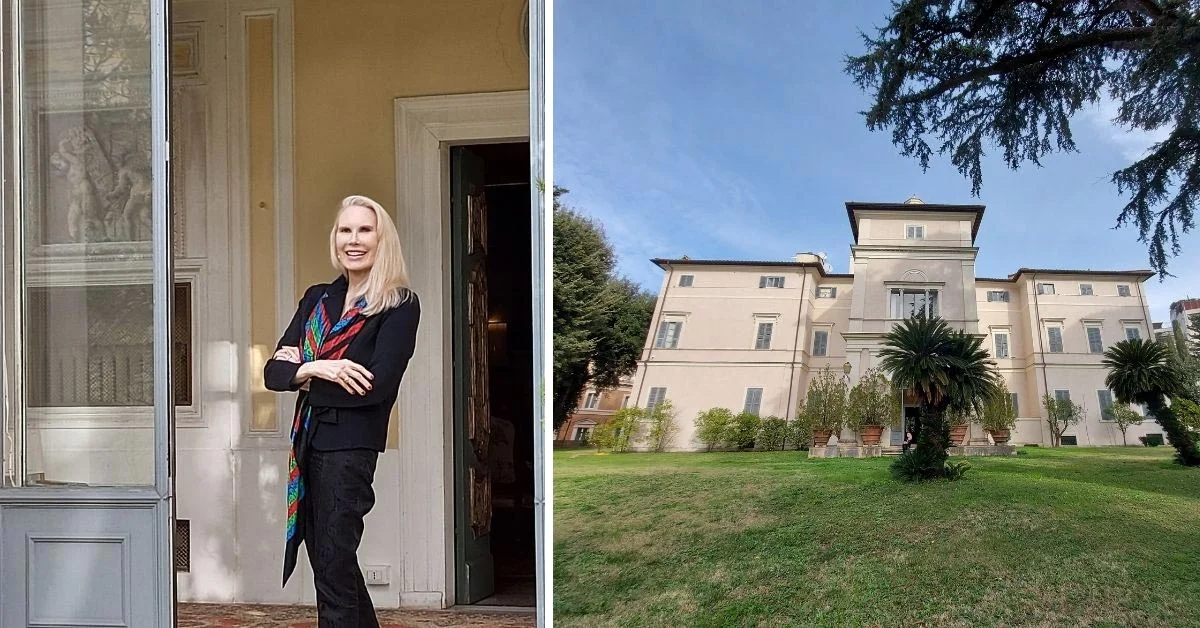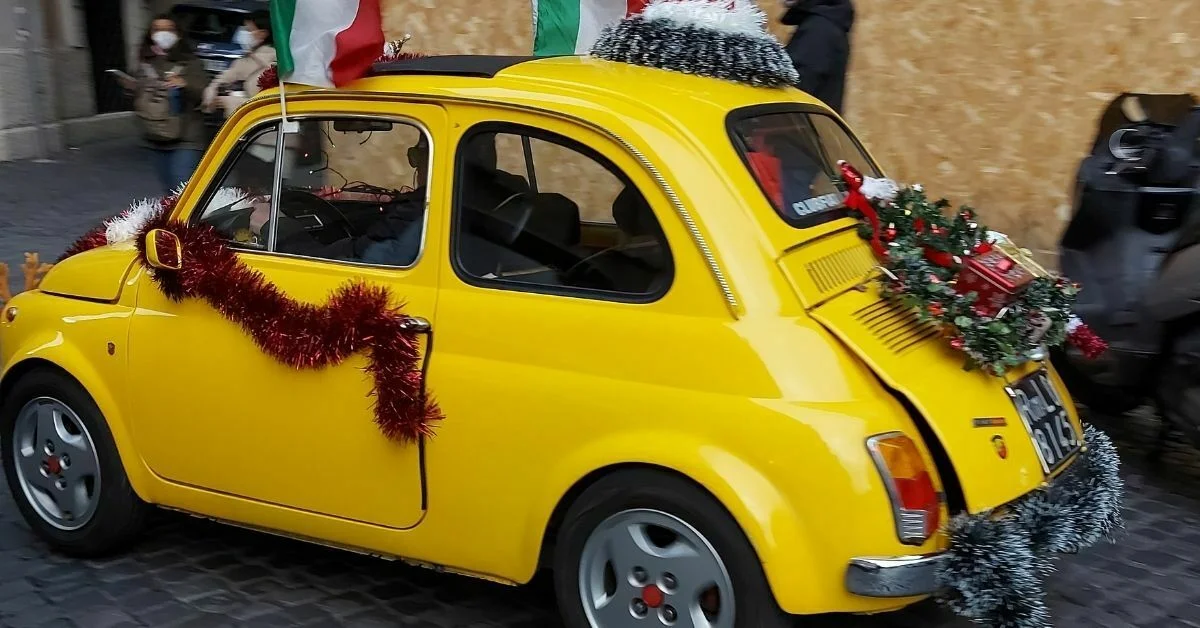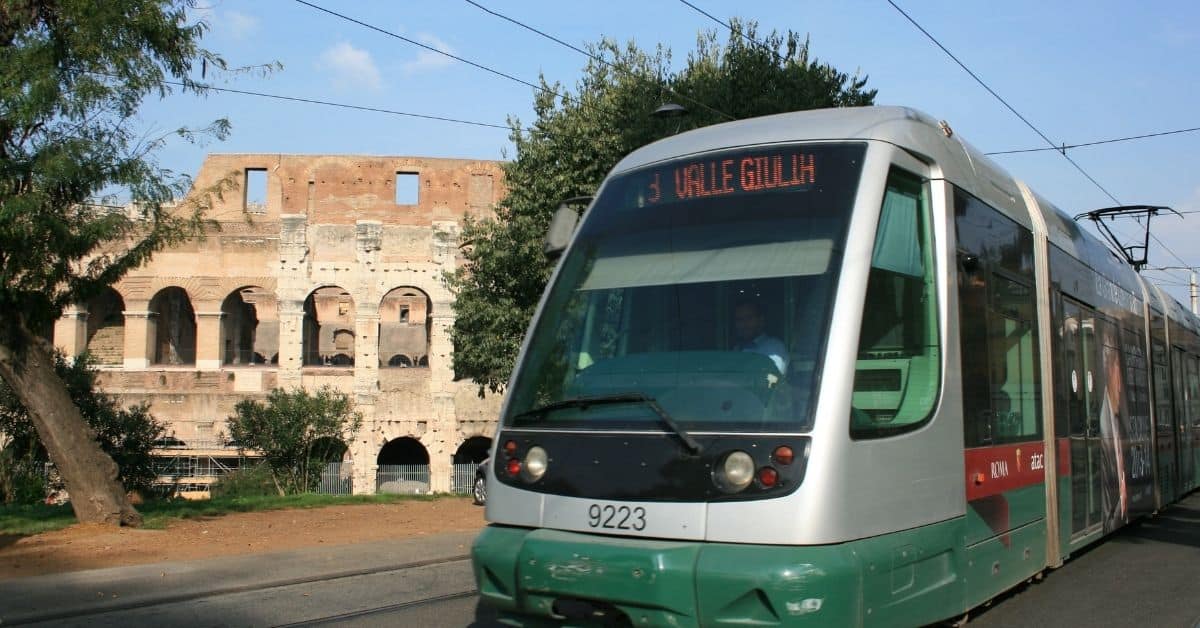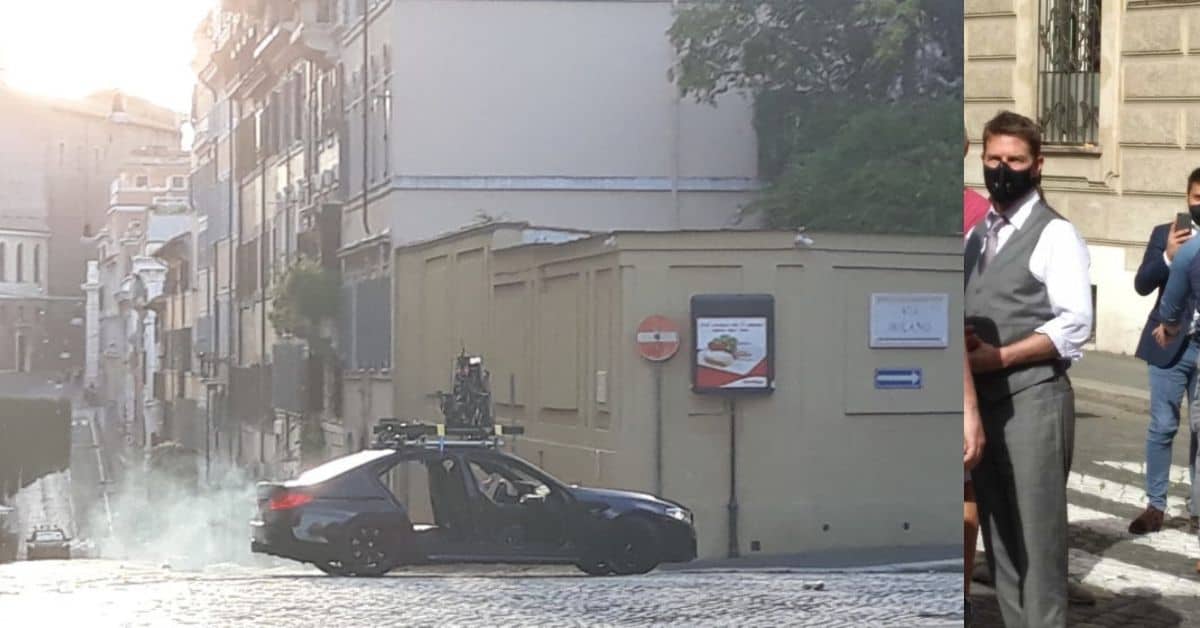Visiting Rome without a travel guide is impossible. In the world’s most monumental city, you need a guide, maybe one made of flesh and blood, but definitely one made of paper. Of course, there are plenty of pure online guides too. I have listed here the four best Rome guides: those that you can flip through with your fingers and add something to it with a pen. I have made a variety of choices in the best Rome guides:
- A guide for those who want to be taken by the hand (and who prescribe you how many shirts to bring)
- A guide that is a lady (but take your reading glasses with you)
- A guide who has set the standard (but has been overtaken a bit by other guides)
- A guide with the most complete information (but is not without errors)
This content is not shown.
Click on this block to display all our content, by accepting our cookies or review our cooky-policy below.
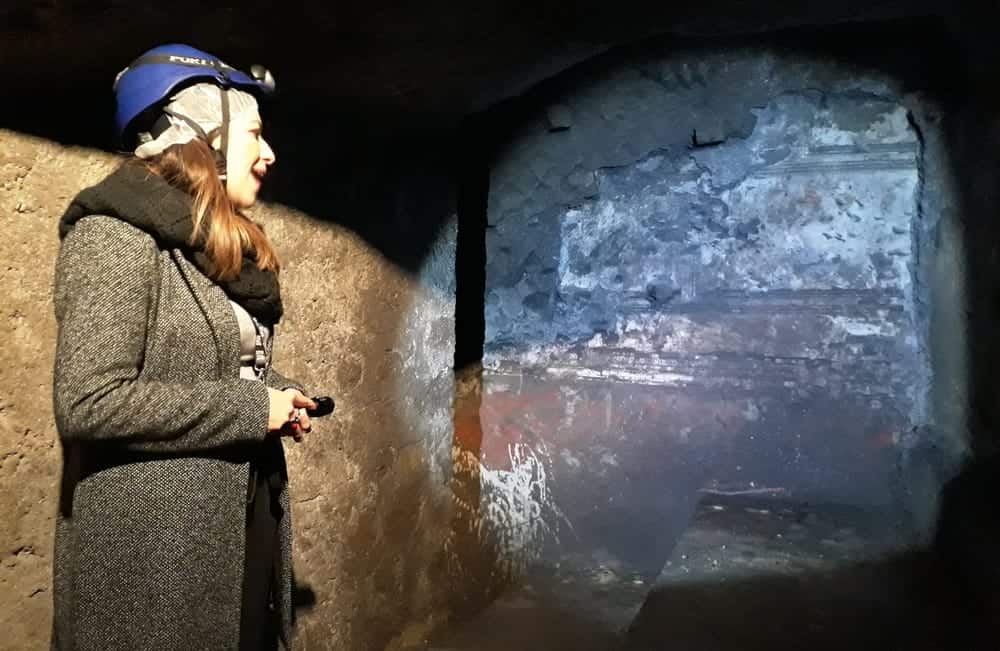
1. Rick Steves Rome Guide
The best Rome guide for those who want to be taken by the hand
The first time I got my hands on Rick Steves’ Rome guide (2001), I had mixed feelings. I found it very thin. How can you cover Rome in 230 pages including index and ‘Fax your Hotel Reservation’ form (!), which was also included. Funny were the student-like way of depicting maps that were drawn by the author himself (I suppose), but were not that clear. The book was also some 10 percent narrower than other guides (4.45 x 0.95 x 8 inches).
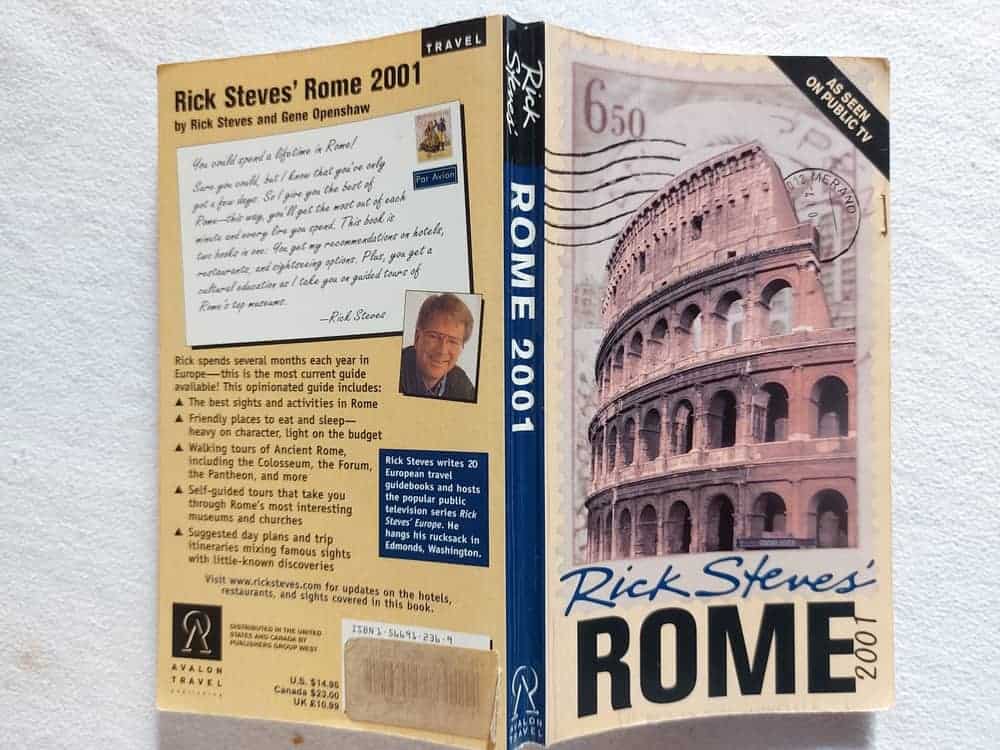
Twenty years later, I have changed my mind. The guide has become three times thicker (700 pages on thin bible-like paper) and still covers the city in a short but clear way. The maps are still mostly in black and white, but have become stylised, and clearer too. The guide still spends a lot of time explaining practical matters, in a very compact way. Take this sentence:
Trastevere (trahs-TAY-veh-ray) is a colourful neighbourhood with a medieval-village feel across (tras) the Tiber (Tevere) River.
One sentence gives the pronunciation of this famous district in Rome and the origin of its name. The phonetic pronunciation looks ridiculous at first, but you get used to it and it is handy. Tribes pronounce the district as Trahs-tay-VÈR.
This content is not shown.
Click on this block to display all our content, by accepting our cookies or review our cooky-policy below.
I think the guide is especially ideal for North Americans, and I don’t mean that to be politically incorrect. Europeans are more inclined to puzzle it out for themselves while on holiday. Suppose you are standing at the bus stop and you see this. How do you interpret this?

The guide explains it very clearly:
Zip around Rome like a local by learning to read the bus signs. The sign in the photo shows the buses that stop. Where am I? Which buss stop here? Where is the bus going? When will my bus come?
And then these questions are answered (the last question, of course, cannot be answered properly because of the loose style of working with a timetable in Rome). The book even includes a packing checklist. For example, it says to take “5 shirts: long & short-sleeve”. This is a very American list, also because we do not really wear short sleeves, at least I don’t. Short sleeves are for t-shirts and polo’s.
What I also like of the Rick Steves Rome Guide is that it is quite accurate, which you might not say at first glance from this somewhat basic guide. I didn’t see any mistakes in explanations or Italian words among other things. I was only struck by the translation of Piazza di Pietra as Square of Stone. That is literally true, but the stone (‘pietra’) here refers to the stone remains found in the square. But see, I’m trying to find a nail in the coffin. Let me now give an example showing that the guide is reliable. When the writer is talking about the Vittoriano Monument, he notes:
Locals have a love-hate relationship with this ‘Altar of the Nation’. Many Romans say it’s a ‘punch in the eye’ and regret ist unfortunate, clumsy location atop precious antiquities.
This content is not shown.
Click on this block to display all our content, by accepting our cookies or review our cooky-policy below.
At least the story is not being peddled that Romans call this the wedding cake. That is nonsense, but you read it everywhere in foreign travel guides. The name the Romans do give to the monument however is ‘typewriter’ (because of its shape). But for how long, I’ll ask myself? New generations have grown up without typewriters. So in say 20 years, this monument will probably need a different nickname. I also read about a valuable tip, to which I unfortunately hardly get round to:
Morning Magic. When I want to reconnect with the city, I walk through the historical centre before Rome wakes up. In the early morning, I’ve never met more than six people at the Trevi Fountain, and Rome shows its calm, majestic face. It’s a great way to get energised for the day ahead.
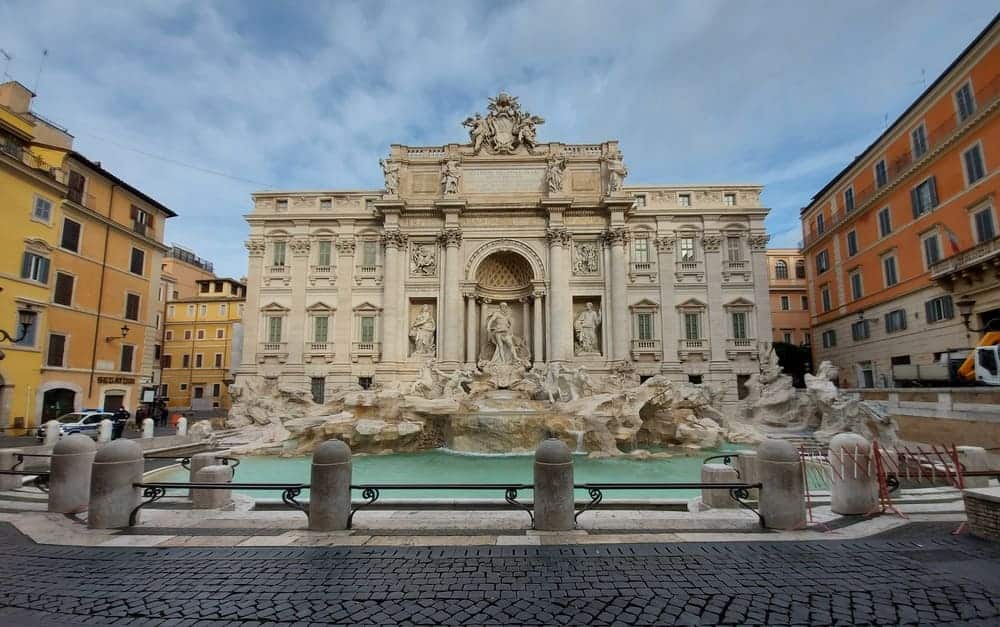
Early morning means 6 or 7 AM or during corona times. I also got information from the book that I’ve never heard of when talking of the famous Caffè Tazza d’oro:
Locals pay at the cashier, bring their receipt at the barista and enjoy an elegant little break. This scene is just what it was in the early 1980s, when Howard Schultz travelled to Italy and was inspired to buy a coffee business in Seattle, and set off to conquer the world (Starbucks has three locations in less traditional Milan.)
I don’t know whether Rome has become more modern or whether there is no antidote to Starbucks, but since 2021, there has also been one Starbuck’s in Rome.
This book’s little sister, in size and scope is called Rick Steves Pocket Rome (230 pages).
This content is not shown.
Click on this block to display all our content, by accepting our cookies or review our cooky-policy below.
2. Fodor’s Rome Guide
A guide that is a lady (but take your reading glasses with you)
Fodor’s Rome Guide is a lady (born in 1949) to behold. Luxuriously produced with beautiful full color photography and accurate information. Also a lot of information on eating and drinking and going out. Whether it is that useful, remains to be seen. The competition of online guides and review sites seems too big in that respect.
The texts are fluent and clear. An example is this restaurant description:
Dal Bolognese, Piazza del Popolo 1.
Who’s frequented: film industry insiders like Martin Scorsese, Gwyneth Paltrow and Cate Blanchett, along with fashion luminaries like Valentino Garavani.
Why is it hot?
Healthy food and elegant setting take backseat to ambience. Tables are perfectly spaced for passing head shots and air kisses.
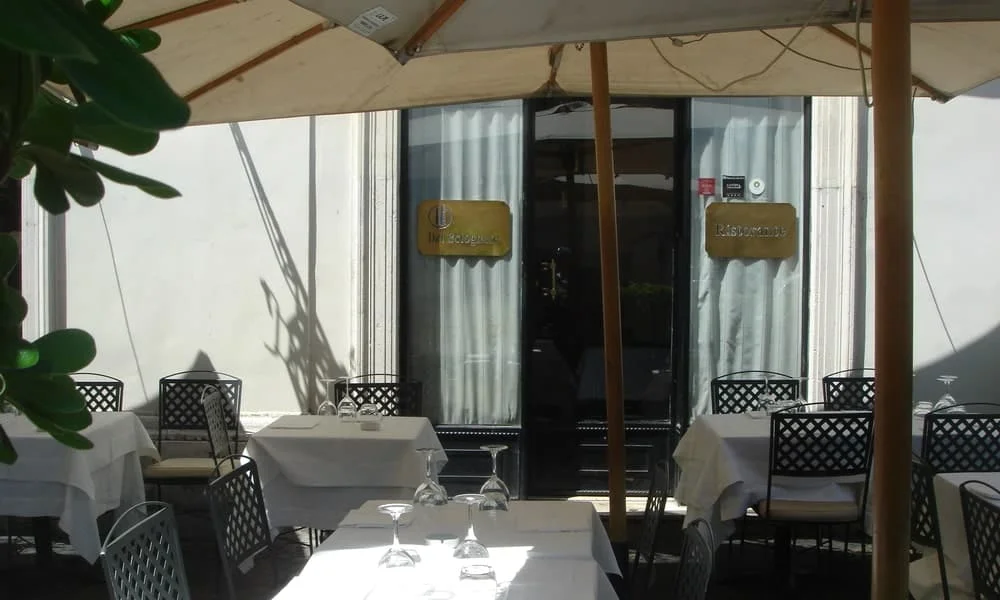
The book is printed in a small font. That seems to be difficult for older readers, according me. Fodor’s also publishes a guide for an audience that wants to see the highlights without much depth: Fodor’s 25 Best Rome.
This content is not shown.
Click on this block to display all our content, by accepting our cookies or review our cooky-policy below.
3. Lonely Planet Rome Guide
A guide who has set the standard (but has been overtaken a bit by other guides)
Lonely Planet has set a standard in the world of travel. Before the first guide appeared in 1971, you practically had the Baedeker and other thorough works aimed mainly at the intellectual and affluent reader. Lonely Planet was good at catering to the budget traveller too, recommending authentic (looking) places, restaurants and so on. In the beginning, Lonely Planet also covered destinations that were hardly on the radar.
Rome, of course, was always on the radar, but even that guide gave a breath of fresh air, especially because of its, shall we say, hippy-like way of going on holiday. Times have changed, and so has Lonely Planet, but not by much. Now the Rome guide is one of a number of respectable guides (Fodor’s, Blue Guide, Michelin, DK etc).
This content is not shown.
Click on this block to display all our content, by accepting our cookies or review our cooky-policy below.
If you are used to Lonely Planet, you should buy this guide to Rome as well. I don’t find the guide very distinctive. Moreover, I see some remarks here and there that I have my doubts about.
ATMs (bancomat in Italian) are widespread.
What it does not say is that there are ATMs and there are bancomats. In the last five years there has been a flood of ATMs, not labelled ‘bancomat’ but only ‘ATM’. This is clearly aimed at foreign tourists and their wallets. They are often integrated in the facade of small shops. They are managed by Euronet, a North American company by the way, and charge a fat commission and a bad exchange rate.
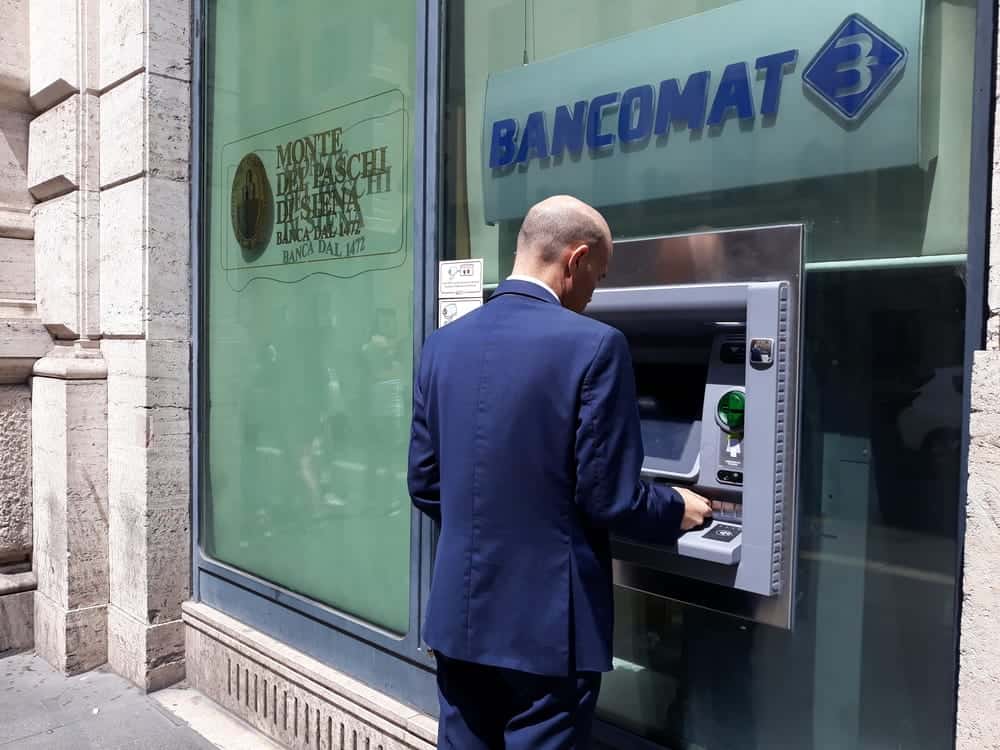
I also read somewhere in this guide:
The bella figura (loosely translated as ‘looking good’) is important. The majority of locals spend evenings checking each other out.
That is a huge cliché. I once wrote this about it in a book:
The bella figura… there we go again. Everyone abroad writing about Italy uses these words. Bella figura would be as Italian as ‘maccheroni’ and ‘mandolin’. It must make you think that Italians themselves hardly ever talk about ‘bella figura’, never about mandolin either for that matter, and very rarely about maccheroni (it is customary to say ‘short pasta’). Italians think bella figura is a cliché term used by foreigners.
Is everything bad about the Lonely Planet? No, it is not. It is very handy for example that they make lists of new sites compared to the previous guide. The releae time of such a guide is about once every three years. Suppose you buy a new one every time, it is nice to see the novelties at a glance.
Lonely Planet has two other Rome guides: ‘Best of Rome’ en ‘Pocket Rome’.
This content is not shown.
Click on this block to display all our content, by accepting our cookies or review our cooky-policy below.
4. Pallas Guides Rome
A guide with the most complete information (but is not without errors)
Maybe my most favourite guide is this Rome guide of Pallas Guides, a UK publisher of travel guides with a focus on art. You do have to take into account that you need to bring a map (or a navigator on a device) and above all a strong grip. The book has a large size, counts more than 700 pages and weighs more than a kilo (2.15 pounds) against Lonely Planet’s 400 grams.
The guide is written on two levels. One level consists of reading sections for at home. ‘Before going’ is the name of such a section. It is nice and useful to read it when you want to prepare yourself in your hotel the night before you go. It has a lot of interesting and amusing storytelling from the Renaissance, but also from Ancient Rome and other periods. The ‘second level’ concerns the part when you are on the street (‘On the spot’). Both are well connected.
You read in ‘Before going’ for example when we are between Piazza Navona and the Angel’s Castle:
Cellini’s memoirs marvellously describe this area at the height of the renaissacnce. He had a house and shop here. He tells us of their dreams and miseries, their jalousies and generosities, their loves and sometimes deadly enmities. Right behind Via dei Coronari, Cellini caught his girlfriend, the high class courtesan Pantasilea, with his friend Luigi, a poet. He wounded both with his sword, another friend, the painter Bachiacca, was so frightened that he had to relieve himself behind a bush.
And in the ‘On the Spot’ section, some pages further in the book, we get to hear more about it:
“The street opens into a piazza named after the church dominating it, The Holy Saviour in the Laurel. The name indicates that a laurel thicket once grew here, possibly the bushes where Cellini surprised his unfaithful Pantasilea with her lover.
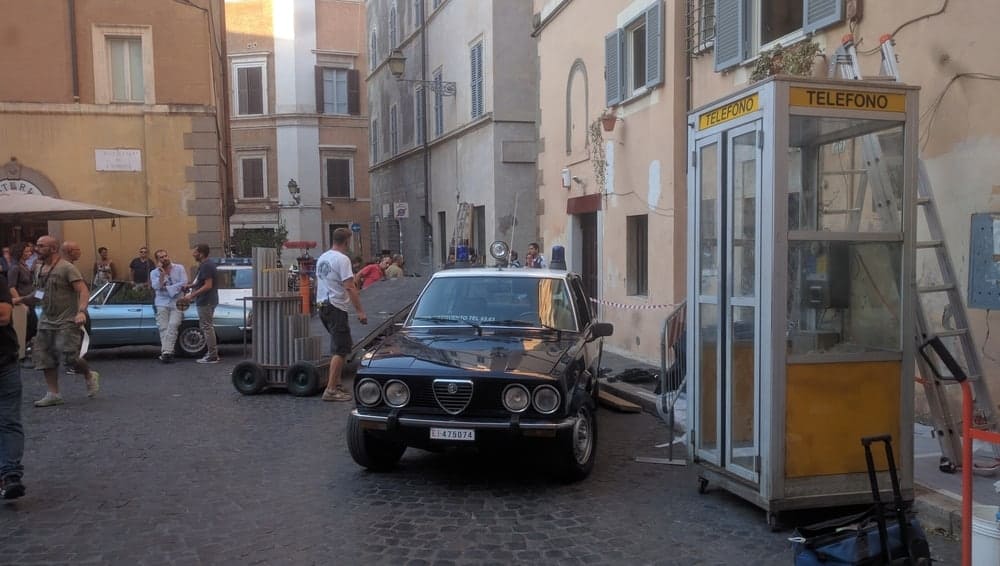
However, sometimes Lucentini, the author, goes wrong.
Luther, a simple friar from the north, was stunned by the neo-pagan materialism, blatant venality, luxuries and corruption around him. The mere association of Pope Alexander VI with Santa Maria del Popolo, where Luther prayed daily, would have sufficed. The works of art he saw there, such as the chapel designed by Raphael, must have repelled him.
Surely you can’t get a word in edgewise. I couldn’t – I received this tip from a very attentive reader. Unfortunately, it is wrong. Luther was in Rome in 1510 (and only in that year) and Raphael’s first design of the chapel dates from 1512. Quite a mistake for an art historian or someone who passes for one.
Finally, a conclusion as to what is the best guide for which person based on a few questions.
This content is not shown.
Click on this block to display all our content, by accepting our cookies or review our cooky-policy below.
What is the best Rome guide?
The best guide is by our criteria (detail, correct information, handiness) the Rick Steves Rome guide.
What is the beste (art) history guide of Rome?
The best guide to Rome’s (art)history that also has a good storytelling style is the Pallas Guides Rome. You can use it beforehand (at home, in your Rome accommodation) and on the spot in Rome.
What is the difference between ATM and bancomat?

ATM = bancomat. But bancomats are connected to a regular bank, have fair exchange rates and charge reasonable or no commission. ATMs from Euronet are not labelled ‘bancomat’, but only ‘ATM’. They are often integrated in the facade of small shops. They charge a fat commission and a bad exchange rate.

